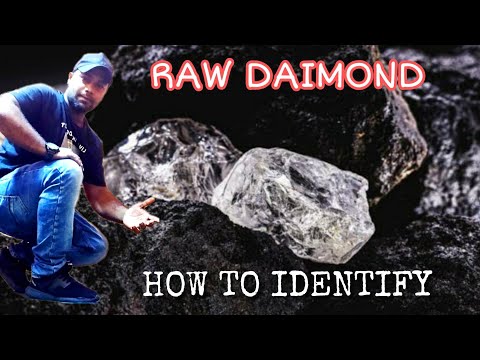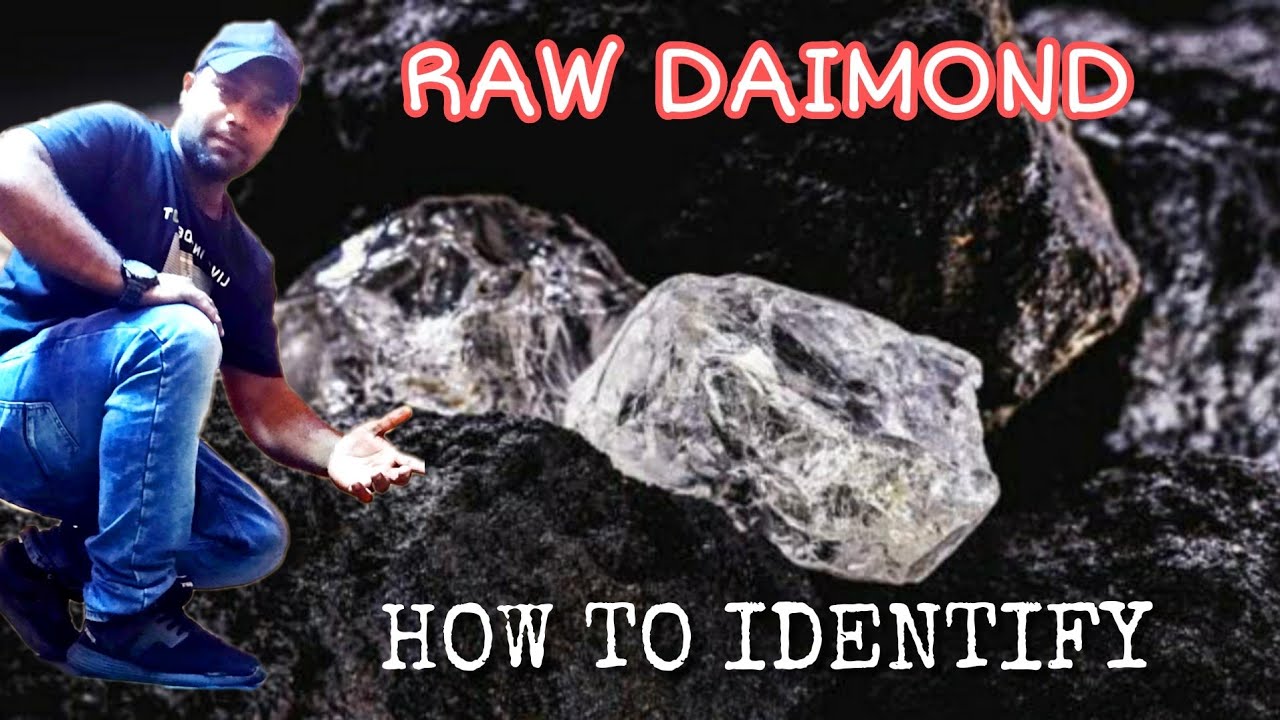Raw diamonds are nature’s hidden treasures, captivating in their unrefined beauty. These magnificent gemstones display an awe-inspiring kaleidoscope of colors and complexities, each one as unique as a fingerprint. Raw diamonds exude a mesmerizing allure, catching the light in a way that transforms them into scintillating works of art. Their uncut form reveals a rugged elegance that is both raw and refined, a testament to the remarkable forces that shaped them over millions of years. These untouched diamonds possess an air of mystery, as if holding secrets of the earth within their crystalline depths. With their unadulterated form, raw diamonds beckon to be examined closely, their rough edges hinting at the untapped potential they hold. Their natural imperfections only add to their allure, telling a story of their journey from deep within the earth’s core. Raw diamonds are a reminder that true beauty lies beyond the polished surface, in the unrefined and authentic. To gaze upon a raw diamond is to witness nature at its most extraordinary, a captivating glimpse into the remarkable wonders that lie beneath the surface of our world.

Raw Diamond Characteristics
| Aspect | Description |
|---|---|
| Color | Raw diamonds come in various colors, including shades of white, yellow, brown, and even rare colors like blue, green, and pink. These colors are caused by chemical impurities and structural defects within the diamond. |
| Shape | Raw diamonds generally have an irregular shape and rough surface due to their natural formation process. They often exhibit a crystalline structure, with sharp edges and unpolished facets. |
| Transparency | Raw diamonds are typically translucent to opaque, meaning light does not pass through them easily. This opacity is due to the presence of impurities and the lack of precise cutting and polishing. |
| Clarity | Raw diamonds often contain visible inclusions, which are internal imperfections such as fractures, minerals, or other materials trapped during their formation. These inclusions are an essential part of a diamond’s unique fingerprint. |
| Size | Raw diamonds can vary greatly in size, ranging from a few millimeters to several centimeters in diameter. The largest raw diamonds ever discovered weigh several hundred carats and are exceptionally rare. |
| Hardness | Raw diamonds have a remarkable hardness, scoring a perfect 10 on the Mohs scale. This means they are the hardest natural substance known to man and can only be scratched or cut by other diamonds. |
| Lustre | Raw diamonds possess a natural adamantine lustre, characterized by a brilliant sparkle when exposed to light. However, this lustre is often dulled in their raw state and requires cutting and polishing to enhance their beauty. |
Unveiling the Allure of Raw Diamonds
What Does Raw Diamond Look Like?
When we think of diamonds, we often picture sparkling, flawless gemstones. However, diamonds in their raw form look quite different. Raw diamonds are uncut and unpolished, presenting a unique and intriguing appearance. In this article, we will explore what raw diamonds look like and uncover their natural beauty.
The Natural State of Raw Diamonds
Raw diamonds are found deep within the Earth’s crust, where extreme heat and pressure have formed them over millions of years. In their natural state, they have a rough and uneven texture. Unlike the dazzling brilliance of cut diamonds, raw diamonds have a more subdued and organic appearance.
Raw diamonds come in various shapes and sizes, ranging from small fragments to large stones. They often display a range of colors, including white, yellow, brown, and even rare hues like blue and green. The color of a raw diamond depends on impurities and chemical elements present during its formation.
The Texture and Surface of Raw Diamonds
When examining a raw diamond, you will notice its intriguing texture. The surface of a raw diamond is often pitted and irregular, resembling a crystalline landscape. These surface features, known as inclusions, are remnants of the diamond’s formation process. Inclusions can include other minerals, gases, or tiny fractures within the diamond itself.
Raw diamonds may also exhibit a natural skin, known as a diamond skin or skin texture. This skin is a thin layer on the surface of the diamond that can be smooth or slightly rough. While diamond skins are often removed during the cutting and polishing process, they are an intriguing characteristic of raw diamonds.
The Color and Clarity of Raw Diamonds
Raw diamonds come in a wide spectrum of colors, each with its unique appeal. White or colorless raw diamonds are highly valued for their purity and are often used in the jewelry industry. Yellow and brown raw diamonds, also known as fancy color diamonds, are more common and are valued based on their intensity of color.
Raw diamonds can also exhibit clarity characteristics, such as internal or external flaws. These flaws, known as inclusions and blemishes, can be seen as small specks, clouds, or lines within the diamond. While these imperfections may decrease a diamond’s value when cut, they contribute to the uniqueness and natural allure of raw diamonds.
How Raw Diamonds Are Cut and Polished
Raw diamonds undergo a meticulous process to transform them into the dazzling gemstones we are familiar with. Diamond cutters carefully study each raw diamond to determine the best way to cut and shape it. The aim is to maximize the diamond’s brilliance and minimize the visibility of any inclusions or blemishes.
During the cutting process, a skilled diamond cutter uses specialized equipment to shape the diamond. The most common cut for diamonds is the round brilliant cut, which maximizes the diamond’s sparkle. However, other cuts, such as the princess cut or emerald cut, are also popular.
After the diamond is cut, it undergoes a polishing process to enhance its shine and brilliance. The diamond is polished using fine diamond powder or other abrasive materials to remove any remaining marks or imperfections on the surface. This step gives the diamond its final brilliance and clarity.
The Beauty of Raw Diamonds
While raw diamonds may not possess the polished beauty we associate with finished gemstones, they have a raw, natural appeal that is captivating. The unique textures, colors, and inclusions found in raw diamonds make each one a truly one-of-a-kind creation of nature.
Many people appreciate raw diamonds for their organic and unprocessed beauty. They are often used in avant-garde or nature-inspired jewelry designs, where their raw form is celebrated and showcased. Raw diamonds can also be a more affordable option for those seeking a diamond’s beauty without the hefty price tag that comes with cut and polished diamonds.
In conclusion, raw diamonds are a fascinating glimpse into the natural world of diamonds. Their rough, uneven textures, varied colors, and intriguing inclusions make them a unique and sought-after gemstone. Whether used in jewelry or admired in their raw form, raw diamonds showcase the raw beauty of nature’s creations.

